Seymour Duncan (the company) has been producing top-tier pickups since 1976, but Seymour Duncan (the man) got his start in the late ’60s wiring pickups for the likes of Jeff Beck, Jimi Hendrix and Jimmy Page, and working with Seth Lover (the inventor of the humbucker) as a mentor.
Seymour Duncan guitar and bass pickups are still installed on countless instruments worldwide — and are often included as standard upgrades in guitars. The company’s entrance into the pedal world has been a stunning success with innovation at every turn, and they continue to impress with groundbreaking gear like PowerStage portable power amps. We got to talk with Alex Semple, Director of Sales and Kevin Beller, V.P. Engineering and New Product Development, about Seymour Duncan’s most popular products, artist signature model design process, and much more.
Shop the Seymour Duncan Buying Guide on zZounds >>
zZounds: Which Seymour Duncan pickups have had the most resonance among players over the years and why would you say that they have?
Alex Semple: In past few years, there are pickup models come to mind that have made a solid impact by speaking directly to the needs of two distinct customer segments: Nazgul/Pegasus/Sentient, Mark Holcomb Alpha Omega, and Black Winter. While the metal genre continues to increasingly call for note-to-note clarity in more complex chordal arrangements and intricate lead work, our customers resoundingly approved our progressive metal humbucker models like Nazgul and Mark Holcomb as their respective outputs and EQ curves lend themselves well to the modern blend of clean and Z-tuned dirty tones.
At the same time, there remains an even larger segment of guitarists who insist that to truly seek and destroy, one must harness authentic blackened death-thrash-grind tones of the late ’80s and early ’90s. For those to swear by left speaker breakdowns, the high output, raw crunch and grind core aesthetics of Black Winter spoke in earnest to guitarists who lean more towards extreme aggression rather than arpeggiated progression.
zZ: What do you think are the most important things for a player to consider when seeking out new pickups? What should they listen for?
AS: The first things to ask yourself, is what am I missing from the pickups already in my guitar — even if those are already Seymour Duncans. Start with the output; are they too hot or too mild for the style you are wanting to play with that instrument? That narrows down your options quite a bit. Next, you need to consider the acoustic tonality of your guitar. Is it warmer or bright and are you seeking to tame that tonality or enhance it? Your answer determines whether you will choose a pickup with a bright and crisp ceramic magnet, a balanced Alnico 5 or a warm-and-singing Alnico 2. To facilitate this process for customers who may be new to after-market pickups, we have packaged over 100 pickup sets that deliver combinations of pickups designed to bring out the best from your guitar or bass and enhance your ability to transmit the ideas in your head to your pick and out of the amp or DAW.
zZ: What is the process typically like when developing an artist’s signature set of pickups?
Kevin Beller: Artist signature projects can start in several ways. In many cases, an artist we have been working with for years contacts us with ideas for refining a stock pickup he or she has been using. Often, new artists or ones we have not worked with previously approach us to design something new or totally different in order to achieve a tonality they have been searching for or to establish a sound that is uniquely theirs.
To start the process, we would have a conversation or two to establish how the sound in their head is different from what they have been using. Many artists like to come onsite and spend a few days working directly with us to develop the design in real-time. We evaluate their tonal requirements and translate them into the technical details of a pickup design. We may devise several different subtle variations that we feel will move us toward the desired result; different combinations of wire gauge, insulation type, number of turns, magnet type and other parameters. We often submit several numbered prototypes to the artist for their initial evaluation. From there it is an iterative process of refinement and homing in on their ideal sound. Sometimes we hit it right on the first try, other times the perfect sound is more elusive, taking as many as 20 to 30 prototypes and weeks or even months of time. We have, however, always been able to get it right in the end.
zZ: We’ve seen a boom in craft or boutique pickup manufacturers in the past few years. Being the biggest name in pickups, what is Seymour Duncan’s approach to competing with boutique companies?
KB: I feel our best defense is to continue doing what we have always done; keep innovating, developing new models and new technology, maintaining the highest standards for workmanship and materials, providing the industry’s best customer service and support, working closely with our family of artists, listening to our customers and responding to their wants and needs. In many ways, we are not that different from the boutiques out there, at least in the ways that matter. We still build all our products by hand in our factory in Santa Barbara, CA. We are a company of musicians and we all use the products we produce.
AS: In many respects, Seymour Duncan can be considered the first boutique pickup manufacturer. Seymour had been relic’ing and custom-winding pickups since the very beginning and this tradition culminated into our Antiquity line in the early ’90s, and these remain some of our most sought-after designs. The Custom Shop also honors Seymour’s commitment to the highest levels of innovative pickup design and craftsmanship that continues to delight musicians of every caliber.
zZ: In recent years, you’ve really expanded into powerful, multi-faceted effects, like the Palladium Distortion, Andromeda Delay, Silver Lake Reverb and now the Fooz. Can you tell us about the process behind making those?
KB: All those products were pretty ambitious and involved considerably more design effort than your average distortion box. The Palladium, which could be called a distortion box, is certainly not average. The design goal was to produce a pedal that had true amplifier characteristics to the sound. The design process started with analysis of what makes an amplifier and speaker cabinet sound the way they do. We had to define the sonic characteristics in technical terms and find ways to convert that to a circuit design that could fit into a pedal. That was followed by hundreds of hours of listening sessions and fine-tuning every aspect of the design. Occasionally, our tweaking led us in a full circle, sonically, but the end result is a high-gain, low-noise pedal that has very amp-like feel, response and tonality. The circuit design is completely original and bears little similarity to any other design out there.
zZ: Even with your standard-size pedals, there always seems to be a little something extra — be it higher-than-average gain boost in the Killing Floor, a handy tempo LED on the Vapor Trail or 3-band EQ on the Forza. Is it always a conscious decision to give your pedals those special features?
KB: Yes. We feel there are too many people out there that are simply copying old designs, putting on a fresh paint job and some quirky graphics and calling it an original product. I’m not saying that we have never been influenced by designs from the past. The 805 is obviously influenced by the Tube Screamer, but we looked for ways to improve the performance of the circuit in terms of noise and dynamic response and we added functionality in the form of a 3-band boost/cut EQ and true bypassing. In the few cases where we have started with a design from the past, we always take a hard look at all the inadequacies and poor design work and find ways to improve and enhance. There is no sense in rehashing old work if you can’t bring new value to it, make it sound better, easier to use, create a better overall experience. Nearly all our circuit designs are original creations. After tonality, low-noise and stability are our top priorities. We stay on top of the latest advancements in technology and components and apply ourselves to creating the best sounding and performing design possible.
zZ: The Fooz is such a cool concept for a pedal –was it something the engineers at Seymour Duncan set out to create, or was it a sort of “happy accident?”
KB: The Fooz was another product that started with a distinct concept; to create an analog synthesizer that could be driven by a guitar. The idea was to make the guitar function as the oscillator stage and then incorporate the modulation, envelope follower and dynamic filtering capabilities of an analog synth. The dynamic filters were challenging. We had to figure out a way to achieve the sweep range we felt was necessary and to make the rate of sweep smooth and musical. We ended up with several unique circuit designs that you are not likely to find anywhere else in the pedal world. The results are happy, but they are far from accidental.
zZ: The PowerStage is such a unique product with so many potential uses, from uncolored amplification for modelers to backup in case of an amp failure to a way to achieve consistent tone with any backline. What can you tell me about the genesis of that product?
KB: The PowerStage line fell directly out of the design process of the Palladium. At one point during our sound testing, we decided to try the product played back through a power amp rather than just amp heads. We were all blown away by how good it sounded. At that point, we came up with the concept of making a compact, lightweight, high-powered amplifier optimized for guitar. We felt that a product like this would be a perfect companion for the Palladium, but more importantly, it would also have great appeal to players using profiling preamps like Fractal and Kemper. To meet the requirements for compact, lightweight and high power, we felt that a class D power stage was the best approach. After several months of sonic evaluations, we settled on a design. From there it remained to design the preamp and EQ. As testing progressed, we felt that a balanced line out was needed along with cabinet simulation, which became a design project in itself. This became the PowerStage 700.
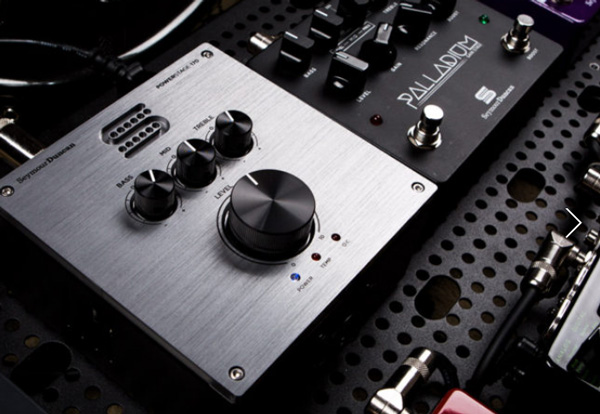
PowerStage 170
Before that project was even fully in production, the concept of a pedalboard power amp came up. The concept was to put a single channel, lower powered version of the 700 in a 4” X 4” chassis that would be placed directly on the pedalboard, proving a self-contained, easy to transport system that, as you said, would provide consistent tone with any backline. From an Engineering perspective, it seemed impossible at first. In the end, the chassis had to grow slightly and EMC compliance testing was a problem, but eventually we prevailed and produced what we felt was a unique and ground-breaking product.

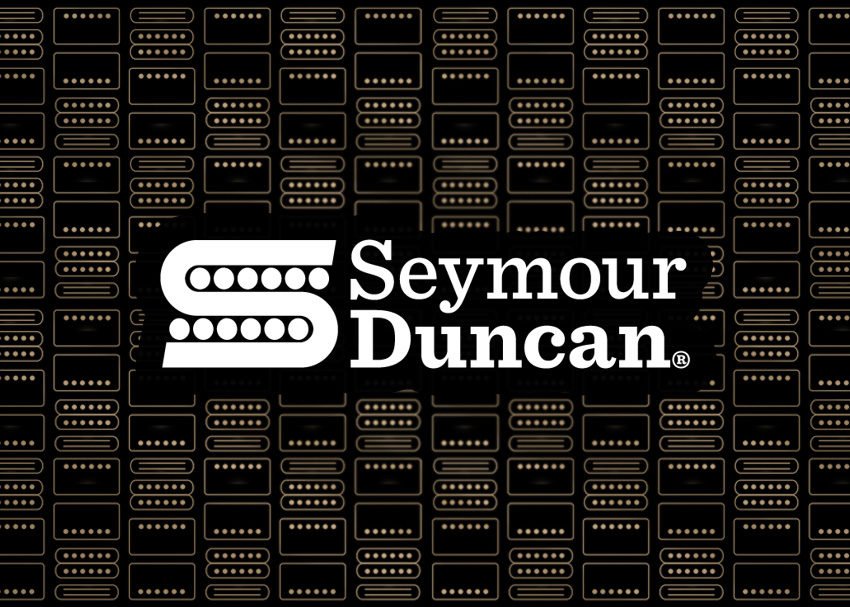
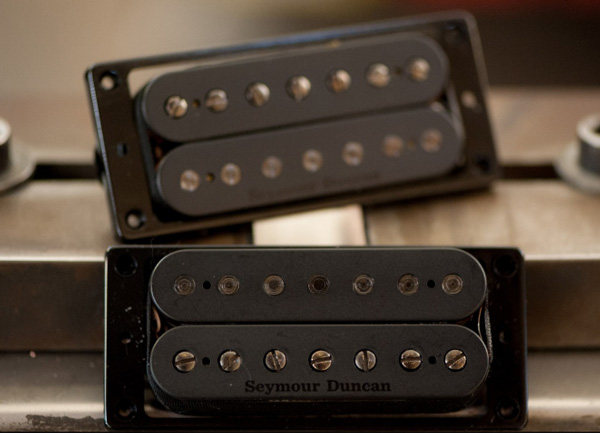
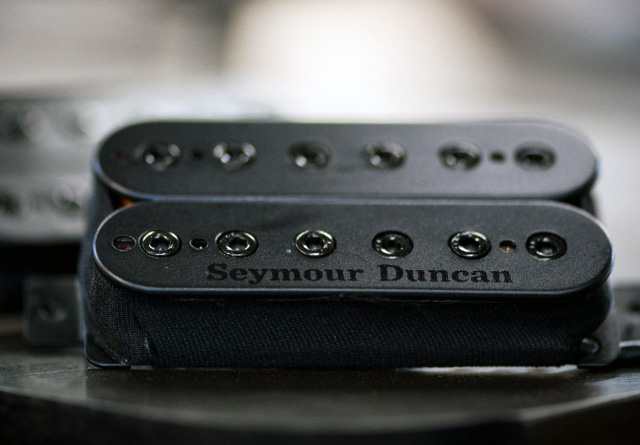
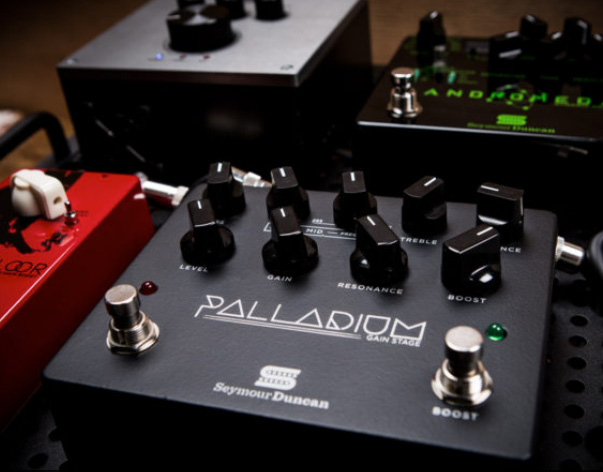
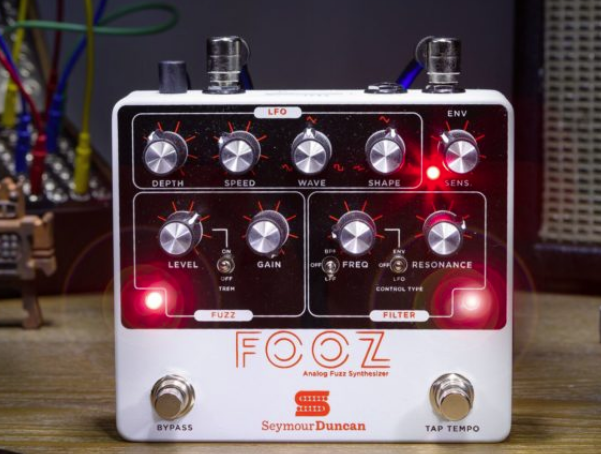


Leave a Reply